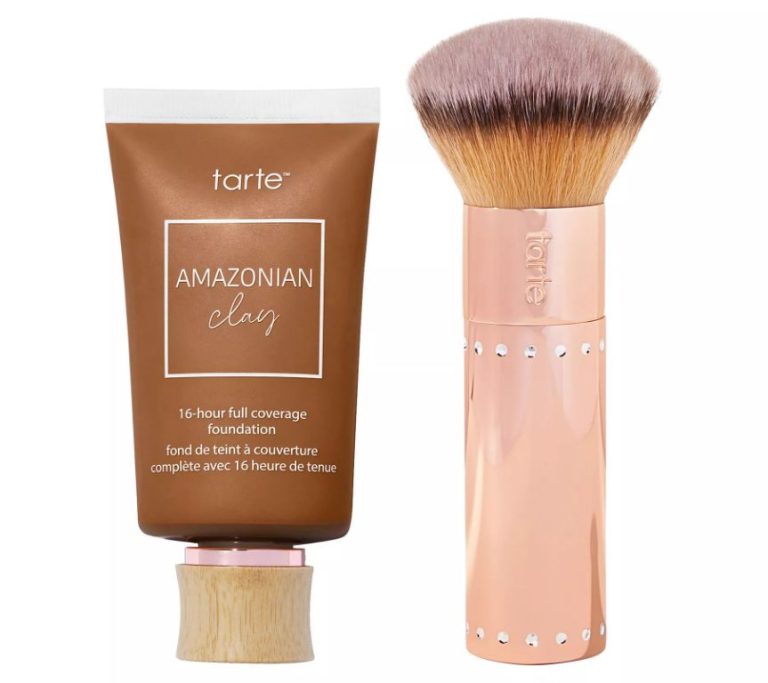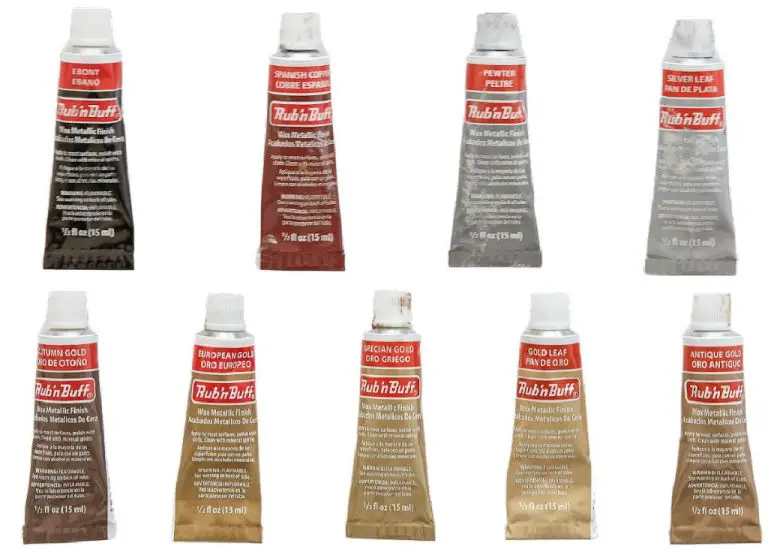How Do You Adjust Baking Time For Mini Loaf Pans?
Mini loaf pans have become increasingly popular in recent years for baking smaller, individual-sized quick breads, cakes, and other baked goods. The pans are typically around 5 by 3 inches and hold 1 to 2 cups of batter, allowing you to make personal sized versions of recipes.
There are several benefits to using mini loaf pans (https://kitchendance.com/blog/how-to-use-mini-loaf-pans/):
- They make portion control easy when baking for a crowd or to give as gifts.
- The small size allows for more evenly baked goods since the batter cooks faster.
- The pans often feature nonstick coating for easy release.
- Mini loaves freeze well for enjoying baked goods later.
However, the smaller size does impact baking times and temperatures. Knowing how to properly adjust recipes is key to success when using mini loaf pans.
How Mini Loaf Pans Impact Baking
Mini loaf pans have a much smaller surface area compared to standard loaf pans. This smaller surface area leads to quicker baking times for recipes baked in mini loaf pans. According to America’s Test Kitchen, the decreased surface area of mini loaf pans means the batter has less area to spread out, resulting in a thicker batter that bakes faster than the same recipe in a regular loaf pan (source).
The smaller size also increases the ratio of crust to interior crumb in mini loaf recipes. With more crust relative to interior, mini loaf breads will have a higher proportion of crispy crust compared to soft interior crumb. This can impact both baking time and taste.
General Rules of Thumb
When baking in mini loaf pans, the most important adjustment is reducing the baking time. Because mini loaf pans have less surface area and less batter, they require less time to fully bake. According to The Kitchn, a good guideline is to reduce the baking time by 25-50%, depending on the specific recipe.
For quick breads like banana bread or pumpkin bread, you’ll generally want to reduce the baking time by 25%. These breads are moist and dense, so they take a bit longer to bake through. A standard banana bread recipe bakes for 50-60 minutes, so you’d want to bake mini loaves for 35-45 minutes.
For lighter cakes and loaves like pound cake and sandwich bread, reducing the time by 50% is a safer bet. These bake more quickly than dense breads to begin with, so the less surface area of mini pans has a greater impact. If a basic sandwich loaf bakes for 45-50 minutes normally, mini loaves would need just 20-25 minutes.
It’s important to note that the baking time reduction is an estimate and can vary based on the specific recipe. Sticking within the 25-50% guideline is a good starting point, but you’ll want to watch carefully and test mini loaves for doneness.
Adjusting Baking Temperature
The cooking temperature for mini loaf pans often can stay the same as the original recipe. However, the smaller loaf pans and reduced baking time may require a slight temperature adjustment to prevent overbrowning on the top and sides before the center is fully baked. Many sources recommend reducing the oven temperature by 25 degrees Fahrenheit when using mini loaf pans (Sources: https://www.thekitchn.com/good-questions-38-104585, https://www.youtube.com/watch?v=zdWxnQ7nAqc). The smaller surface area means the top and sides of the mini loaves are exposed to more direct heat than a standard loaf, so they tend to brown faster. Lowering the temperature slightly can help prevent overbrowning while allowing the interior crumb to fully bake.
When adjusting temperature, it’s important not to lower it too much or the batter won’t set properly and structure will be impaired. Aim for a 25 degree reduction as a starting point. Monitor closely and adjust as needed in subsequent batches if the loaves are still overbrowning on the exterior before the inside is baked through.
Testing for Doneness
There are a few ways to test mini loaves to determine if they are fully baked through:
Appearance
The color of the loaf can indicate doneness. Fully baked mini bread loaves will be golden brown on the top and sides. Underbaked loaves will look very light and pale. Overbaked loaves may be dark brown or burned on the edges or bottom (Sources: KitchenAid, The Kitchn).
Toothpick Test
Insert a toothpick into the center of a mini loaf. If it comes out clean, the bread is fully baked. If there is raw dough sticking to the toothpick, it needs more time. The toothpick should come out with moist crumbs but no wet dough (Sources: The Kitchn, KitchenAid).
Temperature
Using an instant-read thermometer, mini bread loaves are done when the internal temperature reaches 190-210°F (88-99°C). The temperature should be taken in the thickest part of the loaf, avoiding any over-browned edges (Sources: KitchenAid, The Kitchn).
Time Adjustments by Recipe
Baking times can vary significantly depending on the specific recipe and ingredients used in mini loaf pans. Here are some general guidelines for adjusting bake times by recipe type:
Cakes
Most cake batters baked in mini loaf pans will be done in 25-35 minutes. Dense cakes like pound cake may take 35-40 minutes. Check for doneness at the 25 minute mark and add more time as needed. Reduce the baking time by about 5 minutes from what the original recipe calls for.
For example, if a standard loaf cake recipe calls for baking 50-60 minutes, bake mini loaf cakes for 45-55 minutes. Keep in mind moisture loss is faster with more surface area exposed, so err on the side of slightly underbaked.
Quick Breads
Quick breads like banana bread, pumpkin bread and zucchini bread take 30-45 minutes to bake in mini pans. Start checking for doneness at 30 minutes. Dense quick breads with chocolate chips or nuts may take closer to 45 minutes.
Reduce the bake time by about 10 minutes from the original recipe. If a standard loaf calls for 60-70 minutes, bake mini loaves for 50-60 minutes instead.
Yeast Breads
For yeasted mini breads, reduce the baking time by 20-25% from the original recipe. Baking times can range quite a bit based on the dough. Start checking for doneness after 20 minutes. Most yeasted mini loaves will be done in 25-40 minutes total. The bread should sound hollow when tapped.
So if a full sized loaf takes 60 minutes to bake, try baking mini loaves for 45-50 minutes instead. The less dense the dough, the more you may be able to reduce the time.
Avoiding Overbrowning
One issue that can occur when baking mini loaves is overbrowning on the top or sides before the inside is fully cooked. Here are some tips to prevent this:
Use a foil tent. Tent foil loosely over the tops of the pans during the last 10-15 minutes of baking. This will shield the tops and allow the interiors to cook through without further browning.[1]
Adjust oven position. If baking multiple pans, stagger them with some on a higher rack and some lower. The tops of loaves bake faster if they are higher up. Move pans lower if browning too quickly.[2]
Lower the temperature. If the crust is getting too dark before the inside is baked, try lowering the oven temperature by 25°F to slow the external browning.
Use parchment liners. These prevent direct contact between the batter and the pan, reducing conducted heat to the sides.
Troubleshooting Issues
When baking mini loaves, some common problems that can occur include tunnels, gummy centers, and dryness. Here are some tips for troubleshooting these issues:
Tunnels: This is when large holes or tunnels form in the interior of the bread. It is often caused by over-proofing the dough before baking. Make sure not to let the dough proof for too long. Checking it earlier and baking just before it reaches full proof can help prevent tunnels (Zojirushi).
Gummy centers: Dense, gummy sections in the center of a loaf can mean the bread was not baked long enough. Increase baking time slightly to allow the center to fully cook through. Gummy centers can also happen if using too much liquid. Reduce the liquid a bit next time (The Fresh Loaf).
Dryness: Mini loafs can end up too dry if they overbake. Keep a close eye on them near the end of the recommended baking time and test them for doneness. Baking at a lower temperature for a little longer can also help prevent the outside from overbrowning before the center is done (Kitchen Dance).
Storing and Freezing
Properly storing mini loaf breads is important for maintaining freshness and preventing mold growth. Here are some tips for storage:
For short term storage, keep mini loaf breads at room temperature loosely covered with a kitchen towel for up to 2 days. The countertop is the optimal place for the first couple days after baking. Avoid storing them in the refrigerator during this time as it can cause breads to stale faster.1
For longer term storage, mini loaf breads can be frozen for up to 3 months. Wrap each loaf tightly in plastic wrap or place in freezer bags, squeezing out excess air. Flash freezing first for an hour ensures breads retain their shape when frozen. Thaw mini loaves on the counter or in the refrigerator before serving.2
Avoid keeping mini loaves at room temperature for more than 2 days as they will stale and dry out quickly. Freezing is the best method for long term storage and preserving freshness.
Creative Uses
Mini loaves can be used creatively in a variety of ways beyond just baking sweet breads or savory loaves. Here are some fun serving suggestions and gift ideas:
- Make mini sandwiches with slices of mini bread loaves. Cut the loaves horizontally and fill with sandwich fixings.
- Slice mini loaves vertically and serve with dips or spreads for an appetizer.
- Hollow out mini loaves and stuff with salad mixtures for a portable lunch.
- Slice mini loaves and serve with soup for dunking.
- Make stuffing with cubed mini loaf bread instead of standard bread cubes.
- Cube day old mini loaves to use for bread pudding or strata recipes.
- Package an assortment of decorated mini loaves in a basket to give as a gift.
- Wrap individual mini loaves in colored cellophane with ribbon for party favors or place card holders.
- Fill hollowed out mini loaves with candy, cookies, or other treats as edible containers.
With their small size and portability, mini loaves lend themselves well to creative uses for meals, parties, gifts, and more. Get inspired with these fun ideas to make the most of baking with mini loaf pans!




